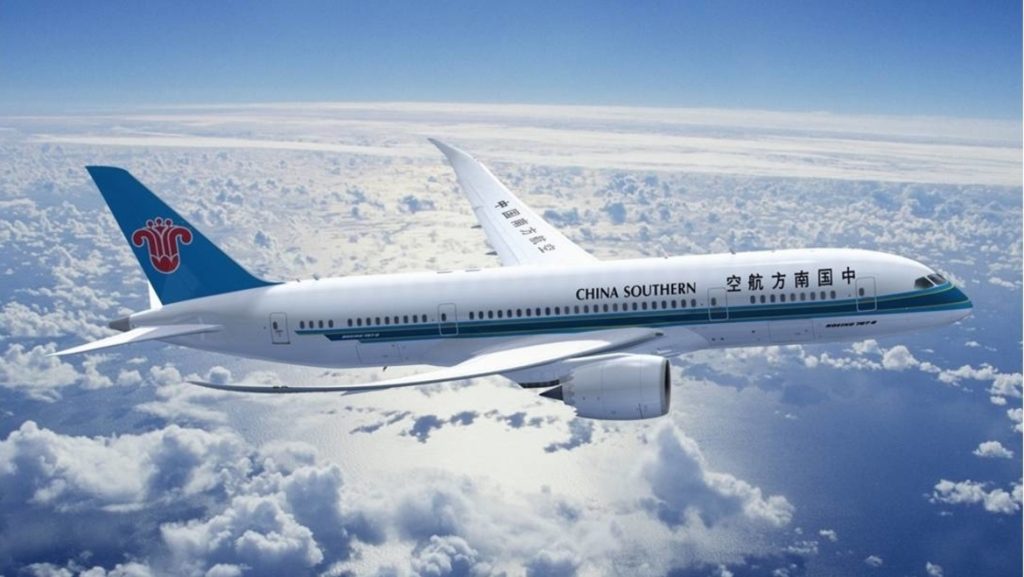
In August, World of Aviation reported that domestic operations in China, once the epicentre of the COVID-19 pandemic, had almost returned to 100 per cent of its pre-COVID levels.
As aviation markets around the world continue to struggle, this massive feat begs the question: how did the Chinese market get wary travellers back onto airplanes?
While ongoing efforts to successfully contain the spread of the virus throughout China has undoubtedly played a part in rebuilding consumer confidence, airlines still had to battle with severely cautious customers.
So, it appears that Chinese airlines, already running at a huge loss thanks to the virus, have opted to reduce travel costs to the individual to almost nothing, in order to stimulate travel demand.
For example, in June, China Eastern offered customers the ability to take unlimited weekend flights between June and 31 December for just 3,322 yuan (US$485), while elsewhere, a ticket between Beijing and Hangzhou can be secured for as little as 180 yuan (US$26).
While doing little to mitigate the exorbitant losses being seen in China’s aviation sector, analysts said that the cheap airfare strategy is still far more cost-effective than having all the planes grounded.
“We may have reached the point where some airlines begin to pay for some people to travel, offering free seats and then seeking to generate ancillary revenues that support the service whilst at the same time rebuilding traveller confidence,” John Grant, OAG chief analyst, said.
By utilising this tactic, China Southern Airlines, which holds the biggest domestic market share in China, even managed to return a year-on-year increase in passenger capacity in August.
While this tactic is very fruitful in China at the moment, analysts warn that the aviation market remains fragile, and highly susceptible to setbacks.
Analysts emphasise that any post-COVID pricing strategy will only be successful so long as consumers have confidence to fly.
For example, both Vietnam and New Zealand achieved great success in their COVID-19 mitigation strategies, which saw domestic travel rebound, only for demand to plummet once more following new outbreaks of the virus.
“For airlines and the travel industry outside China looking on with envy, there are some building blocks that could be emulated to drive some success in recovery amidst the pandemic,” Derek Sadubin, managing director at CAPA Centre for Aviation, said at his firm’s Australia Pacific conference last week.
“But it starts with effectively containing and suppressing the virus.”
Even as planes in China return to the sky with passengers in tow, these airlines are still far from being profitable.
China’s top three carriers reported a combined loss of around US$1.8 billion in the April-June quarter.
Morningstar analyst Ivan Su expects domestic passenger yields for Air China to slide 20 per cent this year, while yields for China Southern are forecast to drop 19 per cent.
Su expected China Eastern’s passenger yields to fall by 15 per cent year-on-year.
However, it may just be that cheap airfares are the antidote to dwindling passenger numbers, as the aviation industry navigates the post-COVID world.










